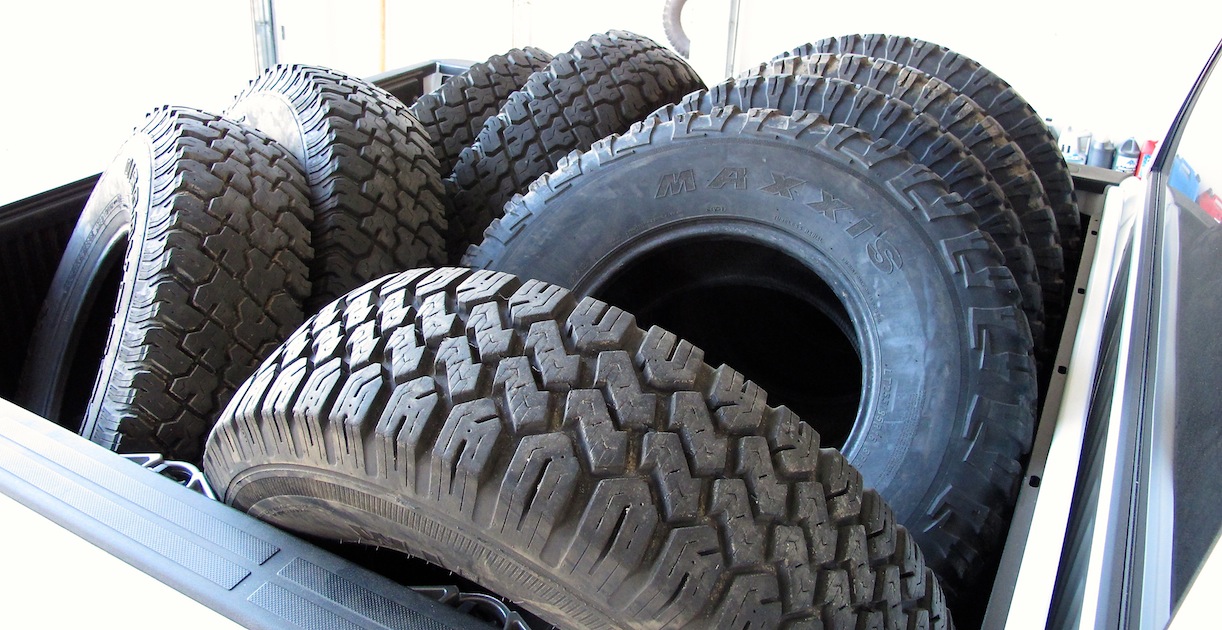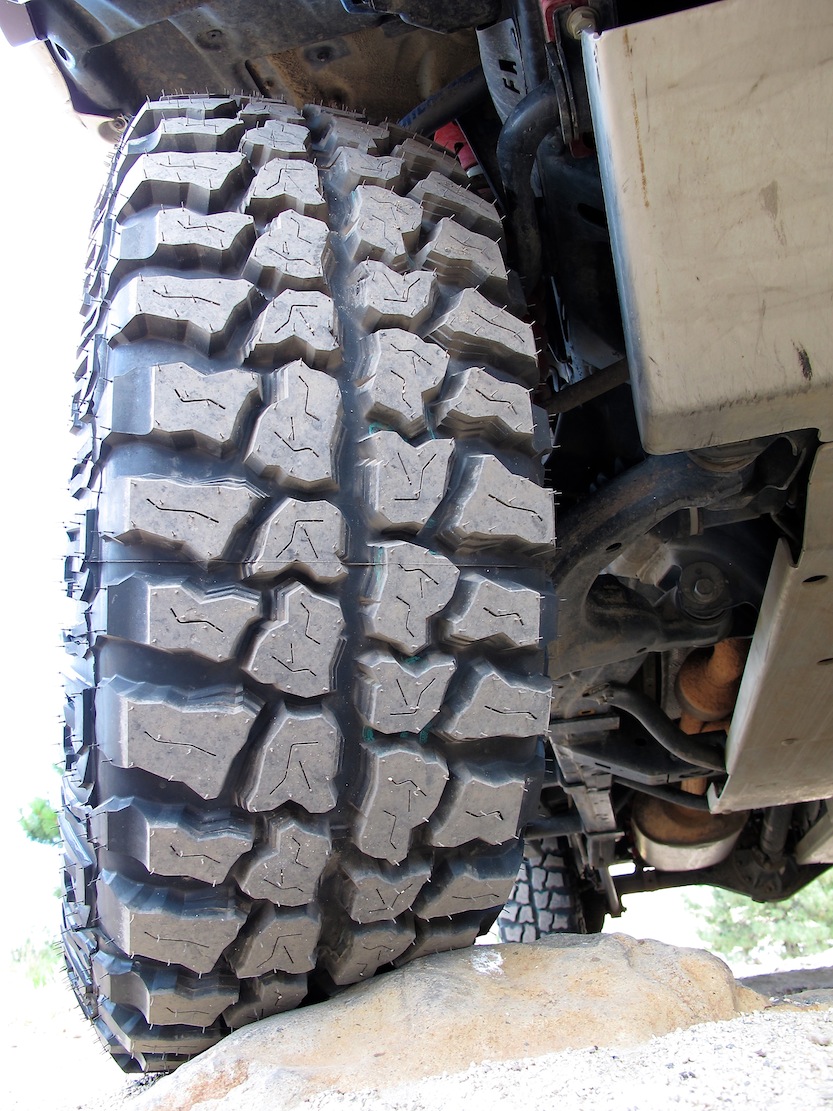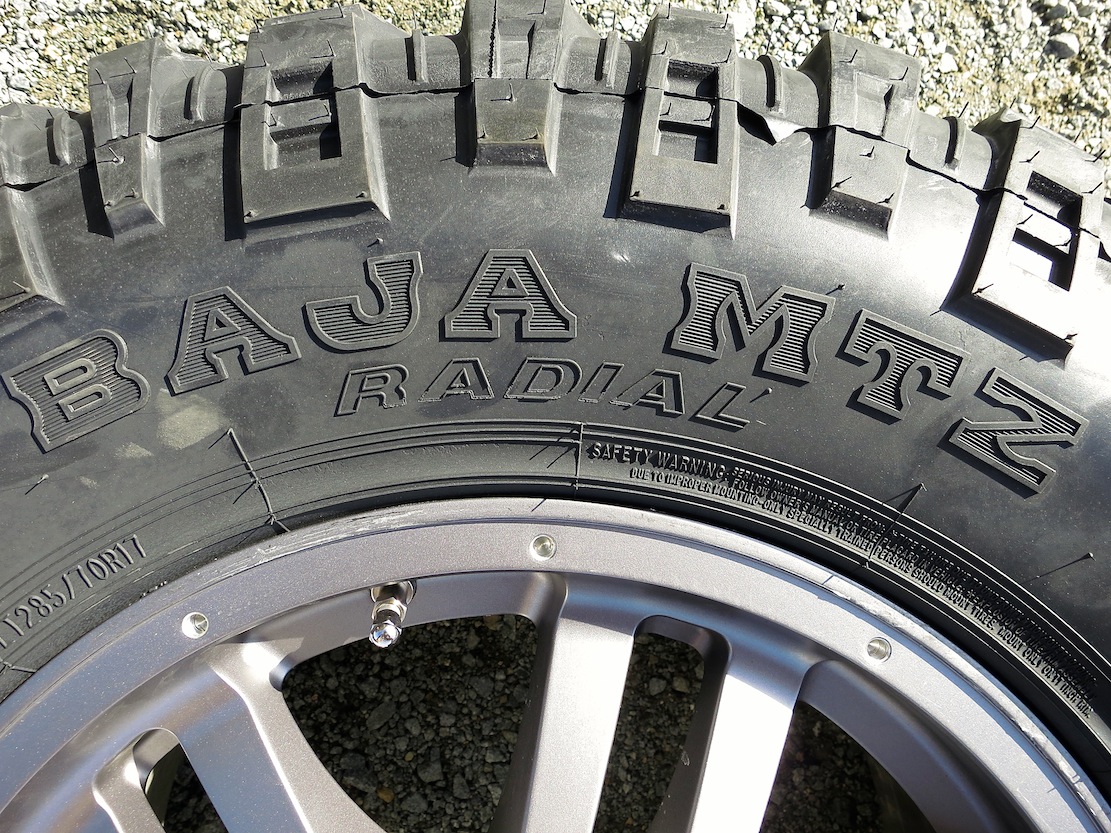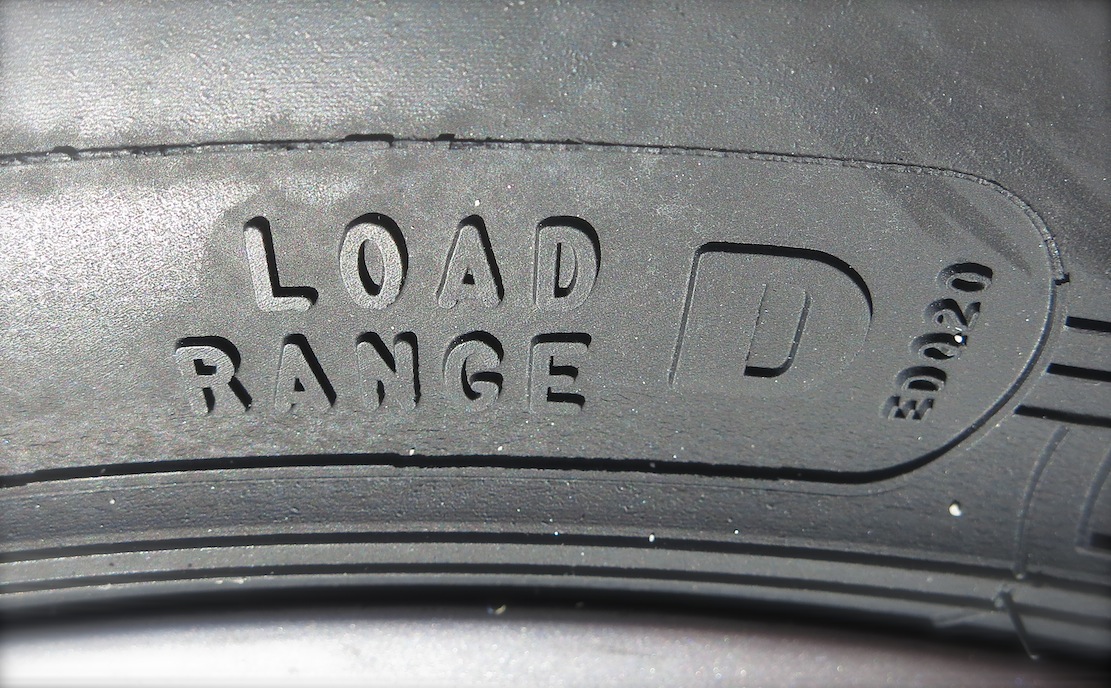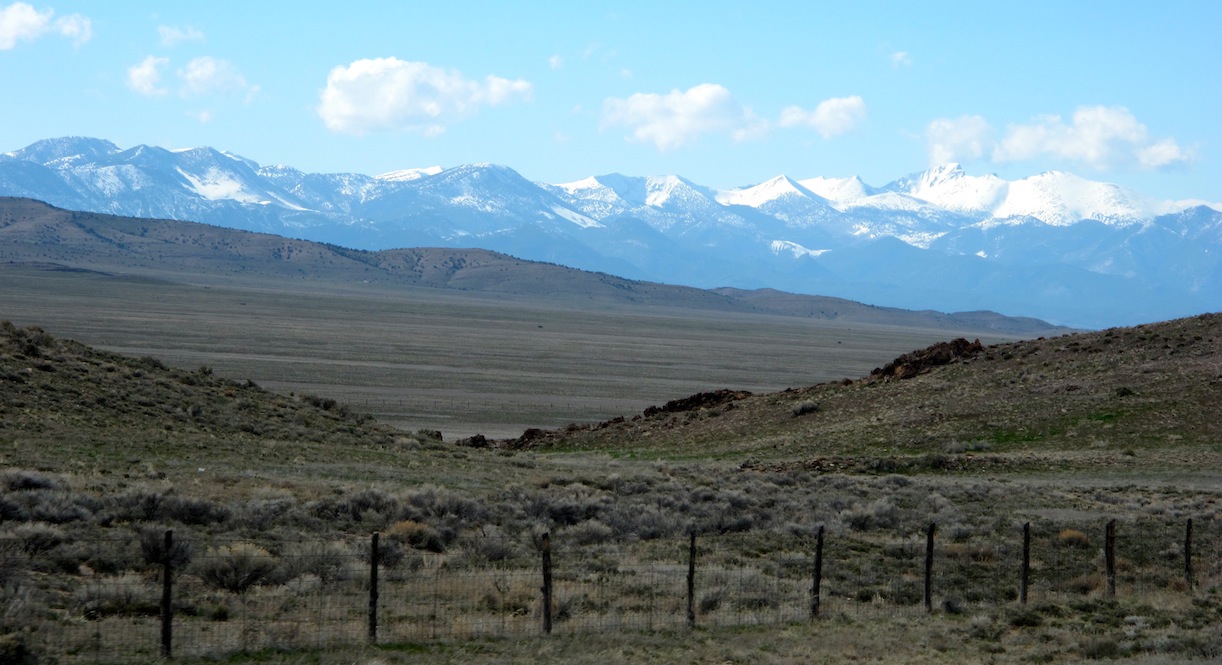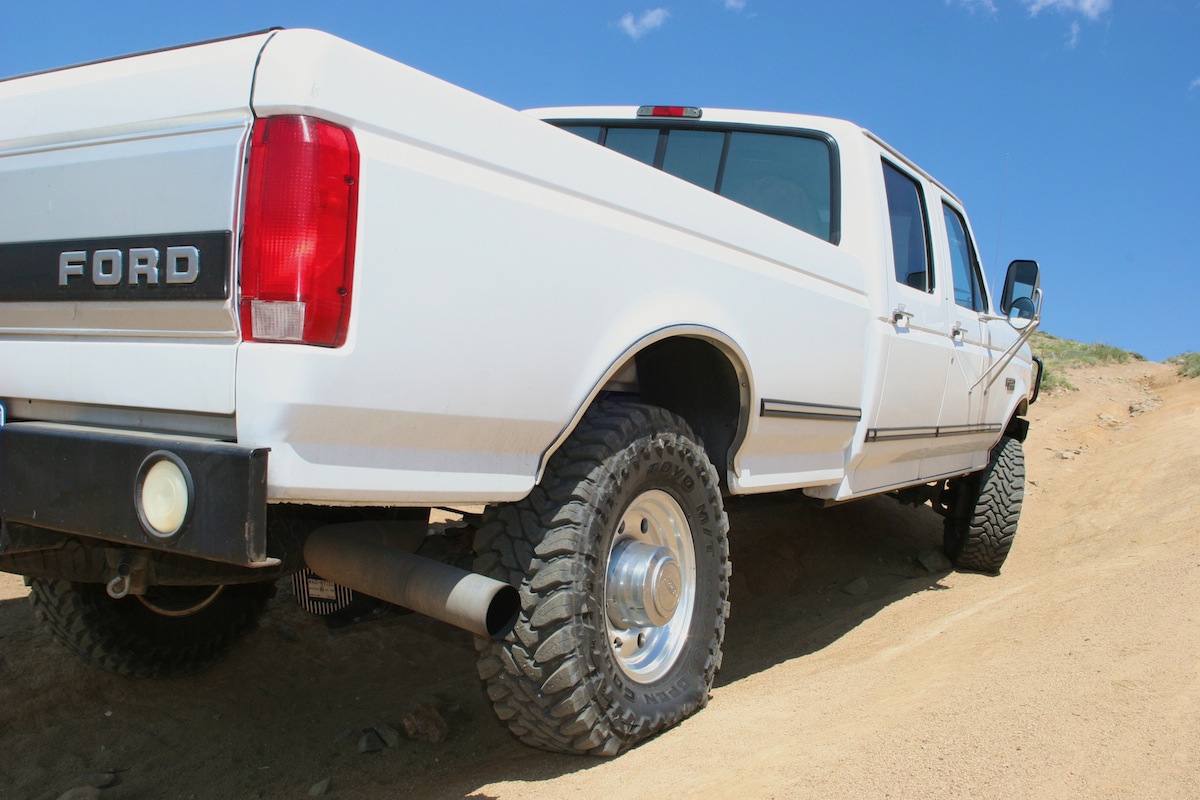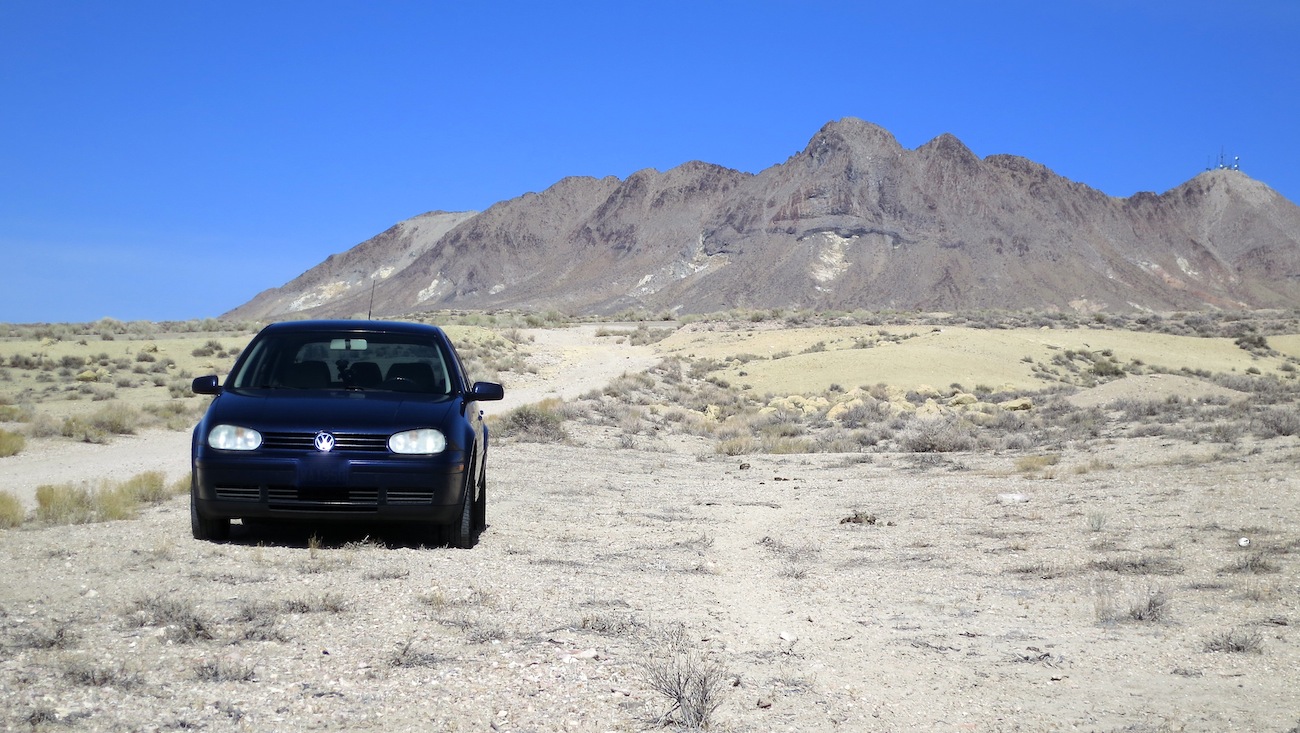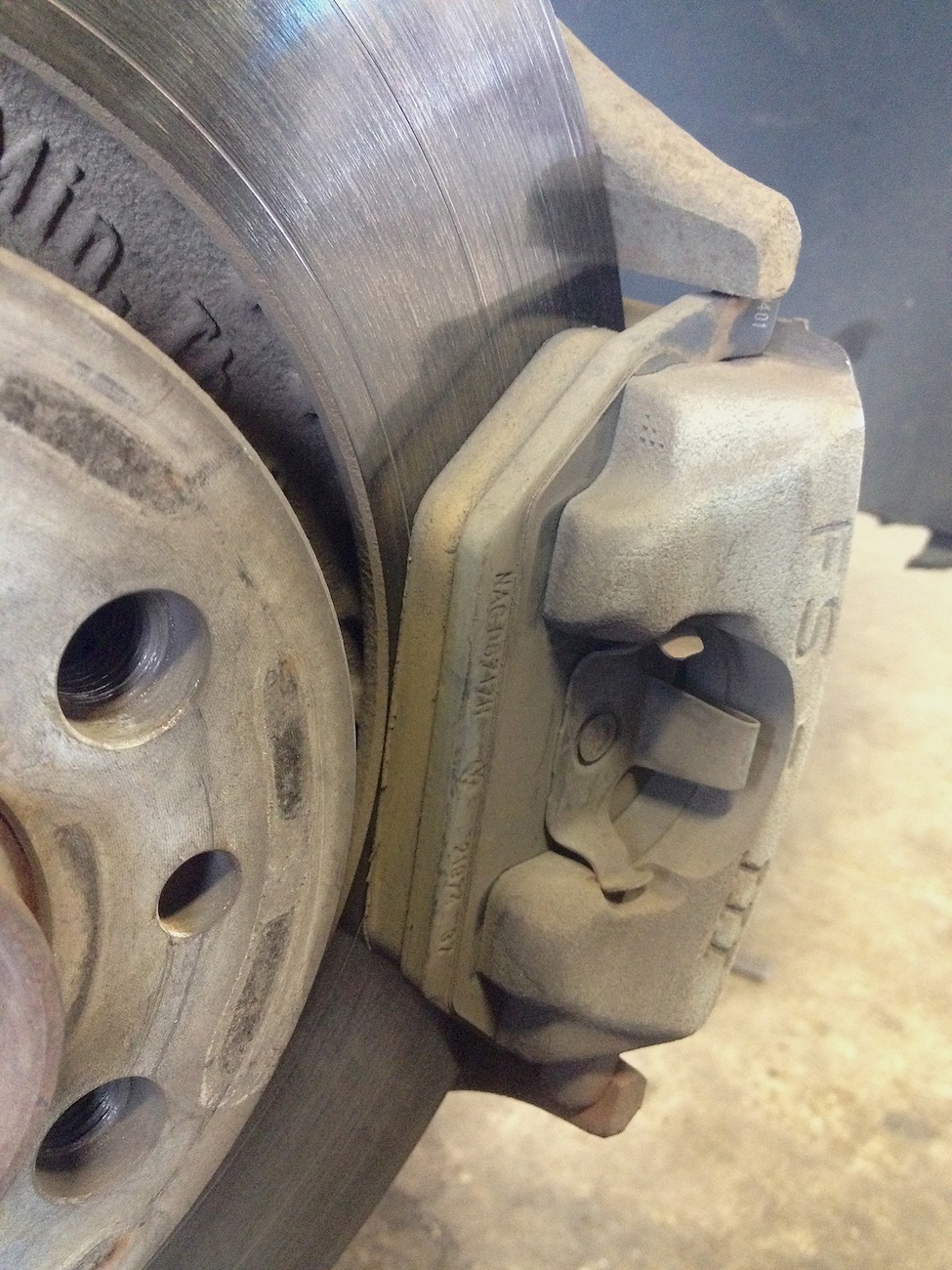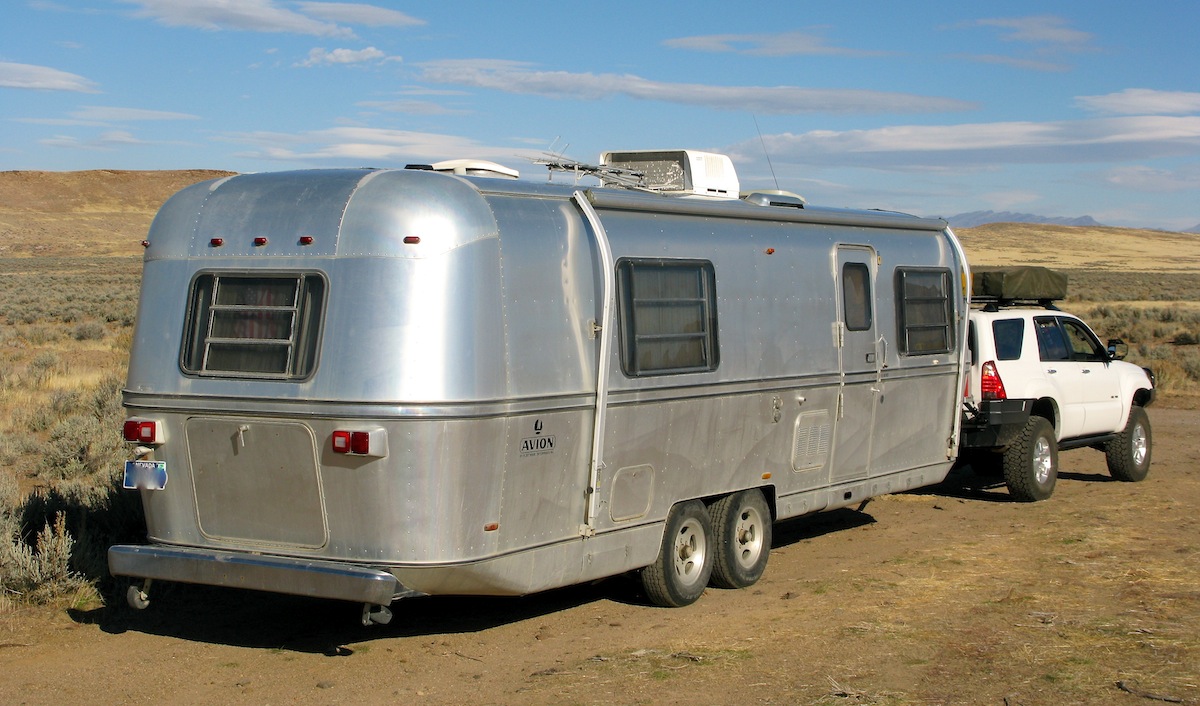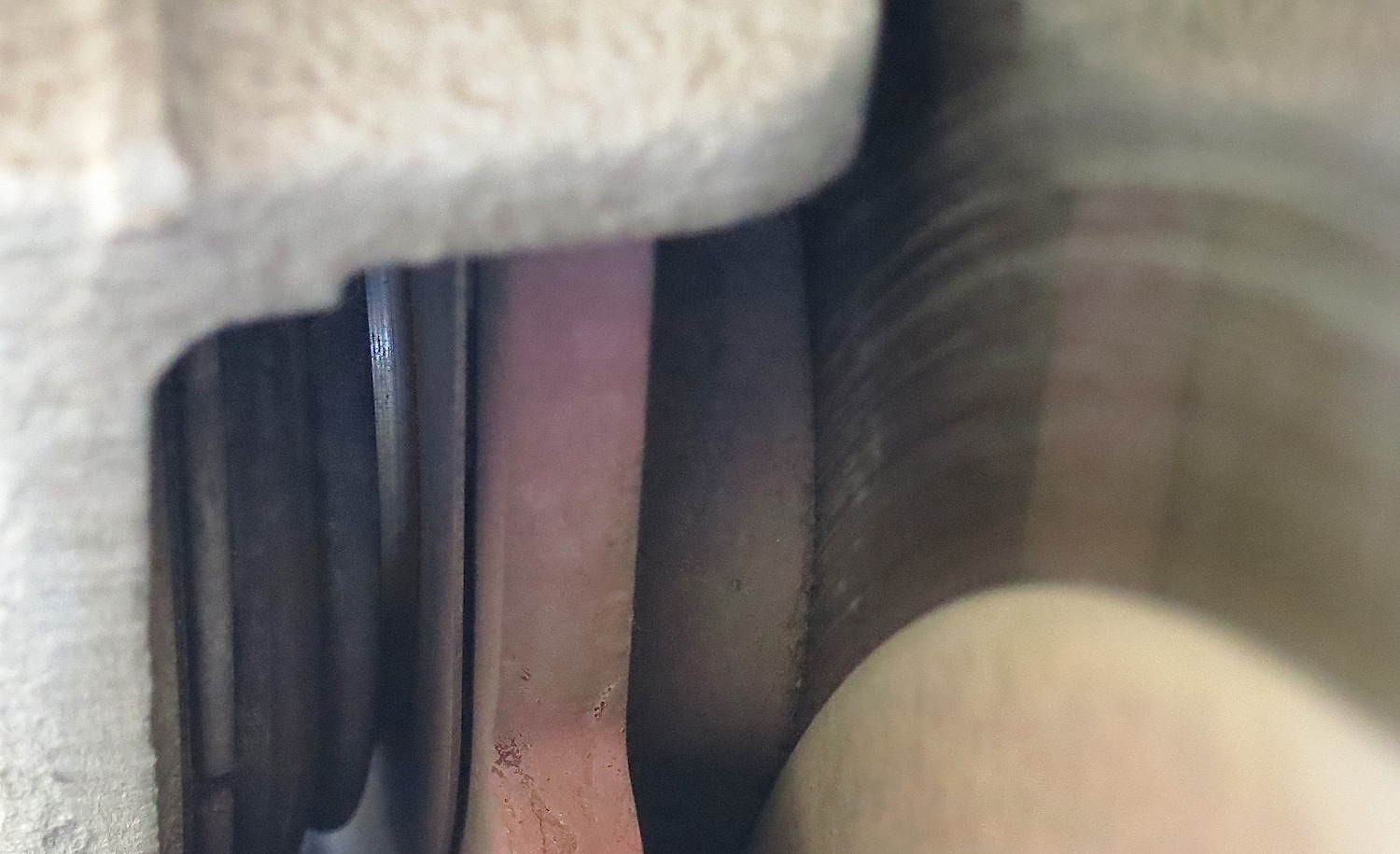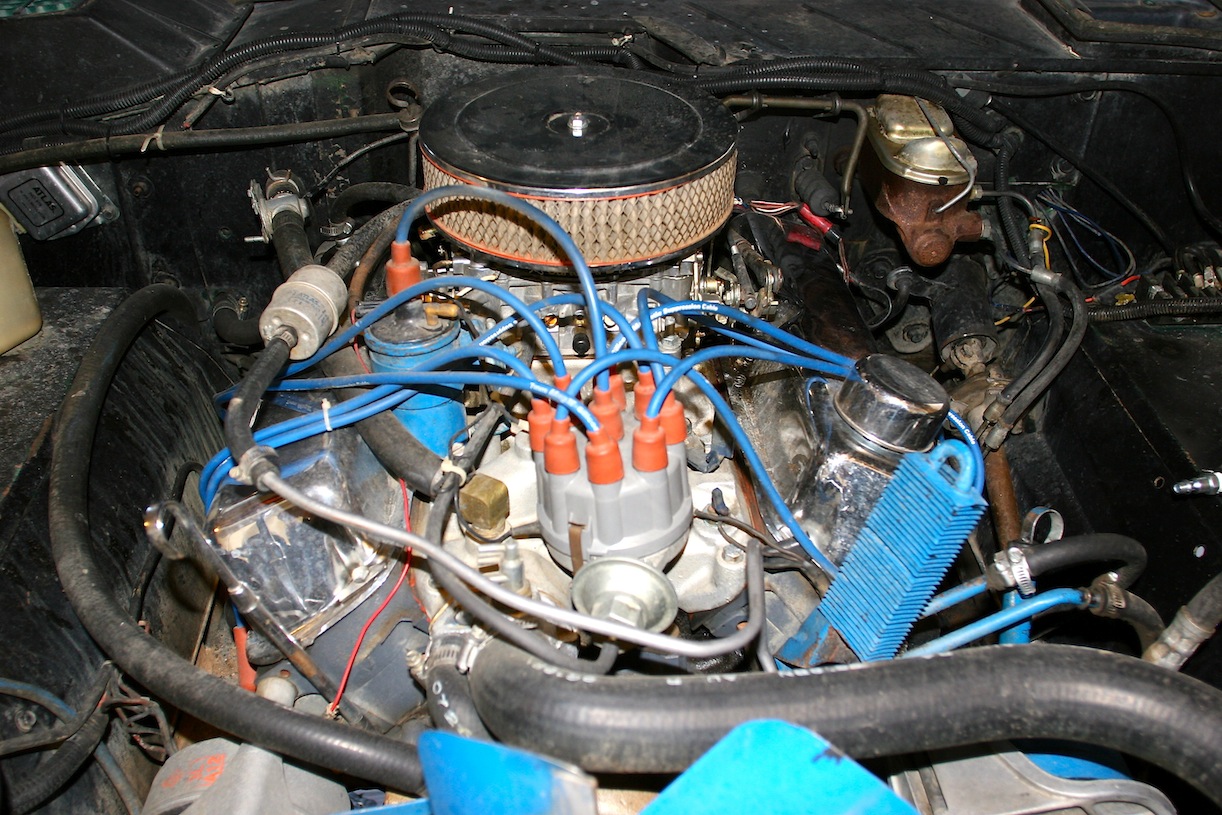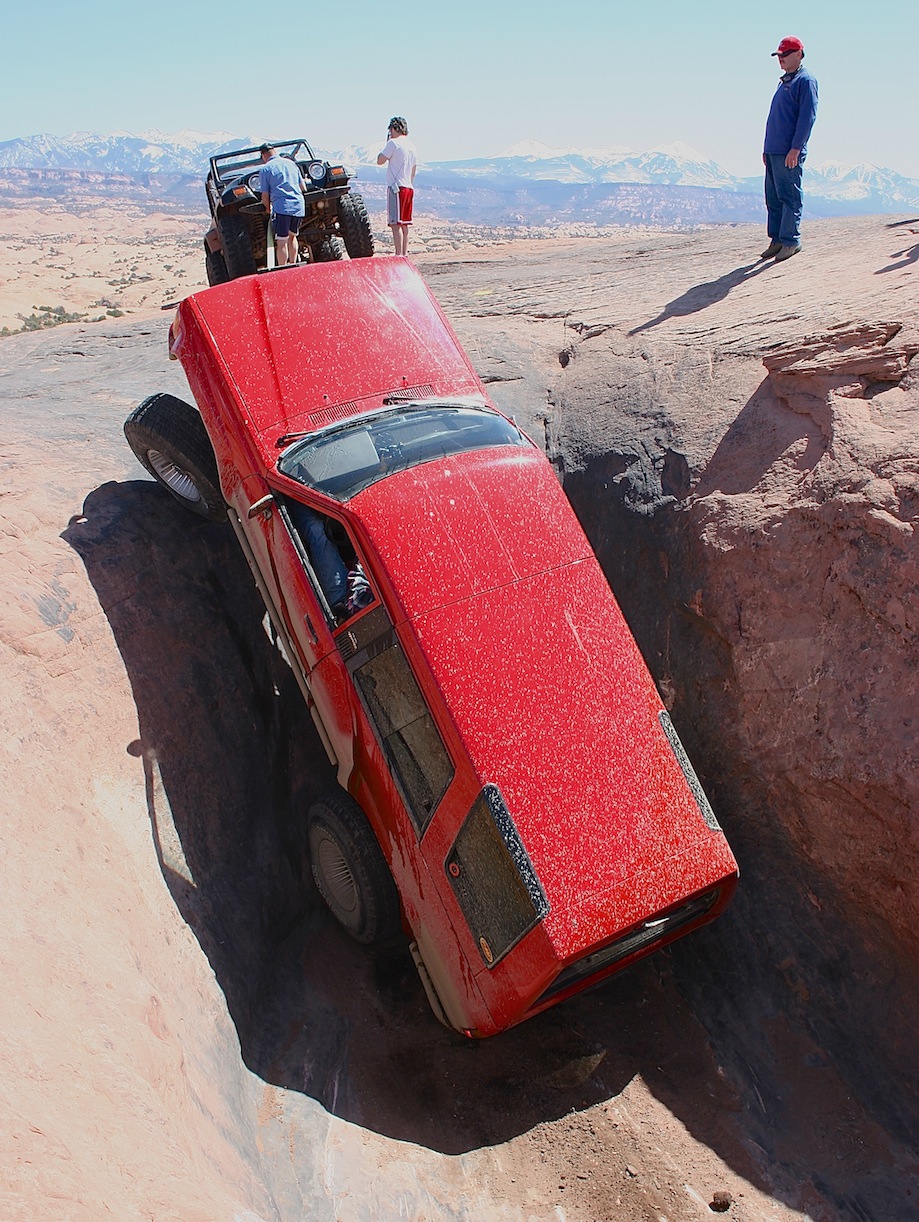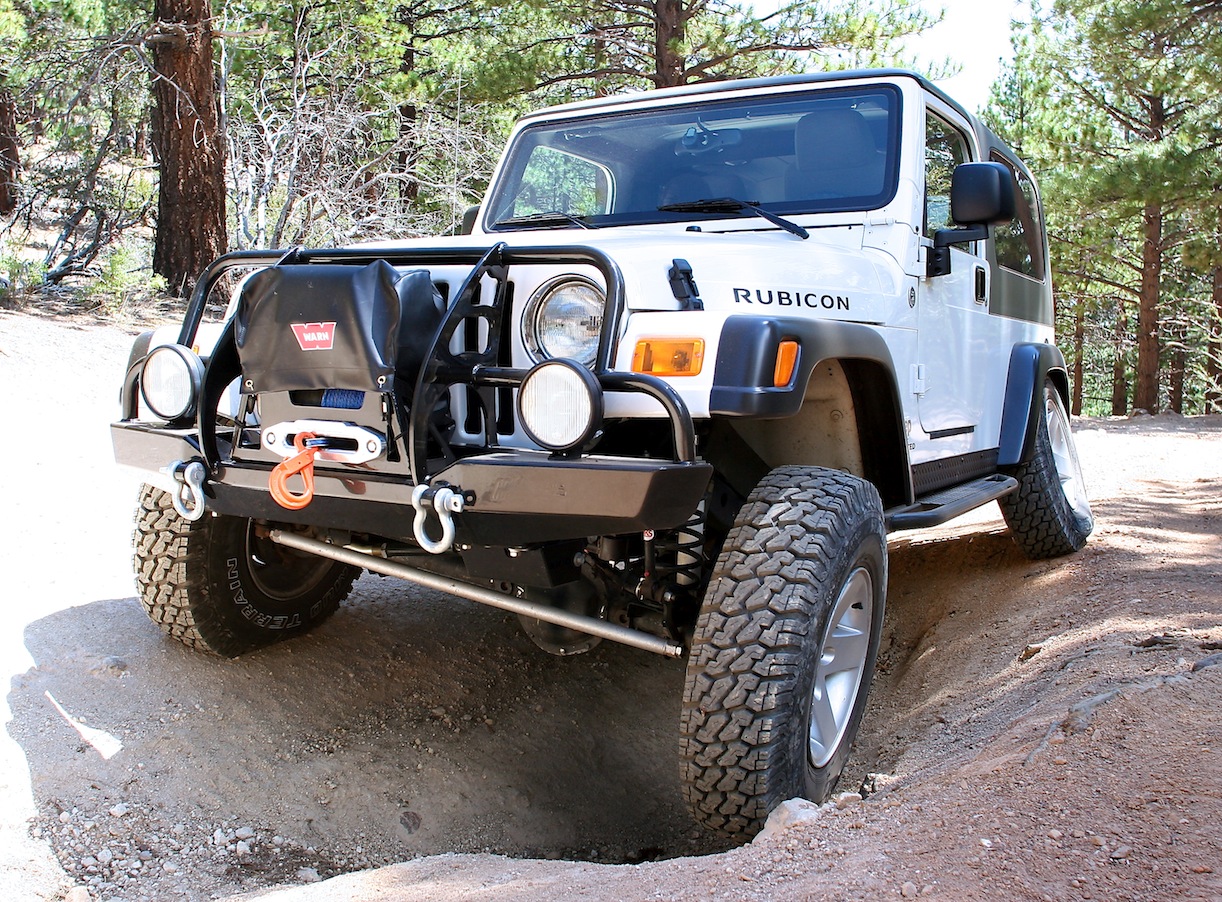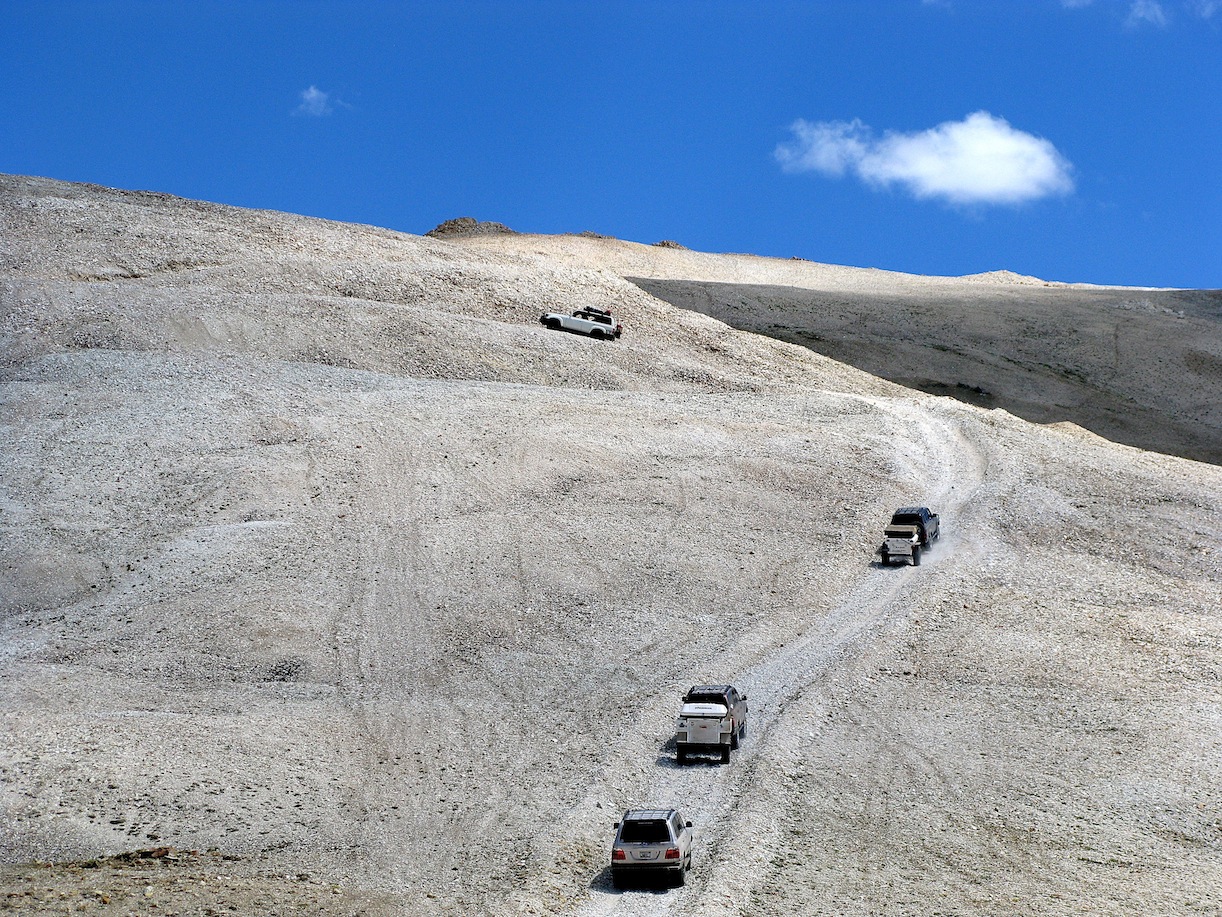Check out my current favorites below
Link: Mastercraft CXT and Cooper S/T MAXX
I was asked about my favorite 255/85R16 tire these days. Favorite? Just one? Singular? This was a tough assignment for me. All my buddies know it’s impossible for me to have only one set of truck tires in my shop. It depends on the application, but what’s my final answer?
For most of us price is at least somewhat of a consideration, if not a major factor, when choosing tires. I’ll give cost some consideration, though I prefer to buy the rubber I want, and think of the relative value over 40,000 miles or more. Sometimes a little faster rate of wear is a fair tradeoff for performance.

Mostly Muds
While I wish there were more all-terrain or commercial traction treads in the 255/85 size there are only a couple. The Toyo M55 is one commercial traction tire that comes to mind, and the load-range D, 3-ply sidewall Maxxis Bravo MA-761 is a the only stout, low-void tire in this size. The rest are essentially mud-terrain tires.
Regional availability varies and I suggest considering this before a purchase. With few exceptions, most stores will need to order a set of 255/85 tires. In my part of The West, 255/85R16 Toyo M/T, M55, and Maxxis Bighorns can be found at many Les Schwab Tires stores, and if not in stock, will arrive a few days after an order is placed. I’d be willing to bet cash that few (if any) local tire stores stock the BFG Mud-Terrain. However the online tire giant, Tire Rack, has a warehouse nearby, and a short drive any business day would put a set of 255/85 KM2s in my pickup.

Toyo M/T
If you’re looking for very heavy-duty construction (and heavy), smooth running on pavement, and a reputation for balancing well, the Toyo M/T is a top choice. Tread wear can be very good, or lousy depending on the rig and the driver. Their tendency to pull, often right, on (my) Toyota 4WDs and many Dodge trucks has made me reconsider my praise for Toyos in recent years where I used to swear by them. Their cost is a little scary too, though the 255/85 size is small enough to be affordable; all tires have become more expensive.
When the stoutest tire is not needed, I don’t like the extremely low pressures needed to make the Toyo M/T ride nice and flex the way I prefer off-pavement. At normal pressures on-highway ride is also firm, this is the price that must be paid for extreme-duty construction, the 3-ply sidewalls, and 7-ply tread. Some dislike the appearance of the Toyo M/T, but I think it’s a sharp looking tire. Noise is moderate for a mud terrain tire.

BFGoodrich KM2
With enough saddle time above a set of 255/85R16s and 285/75R16s to know how they perform off-highway, the BFG KM2 has impressed me as a load-range E, 3-ply sidewall tire that flexes well when the air pressure is dropped. BFG claims this in their advertising and it’s true. So while I’m not a BFG fan, this flexibility has my respect because I like flexible tires that are tough enough.
BFG also deserves credit for their commitment to the 255/85R16 size, as they made it for many years in the previous Mud Terrain design, for years now in the KM2 pattern, and offer essentially the same 17-inch tire, a 255/80R17. I’ve not had any failures with BFGs, but they’ve also never been my favorite tires, so I never put more than a few thousand miles on a set.
Most seem to be satisfied with how KM2s perform and last, but for years I’ve heard reports of inconsistent balance with BFGs. I experienced this myself with a set of 255/85 KMs (not KM2), which were only slightly worn and started to require more lead to balance after a few thousand miles. BFGoodrich deserves credit for taking chances when designing the KM2 which is a nice, different looking tire that has plenty of sidewall tread. A good price for a set of 255/85 KM2s should be much less than Toyo M/Ts.
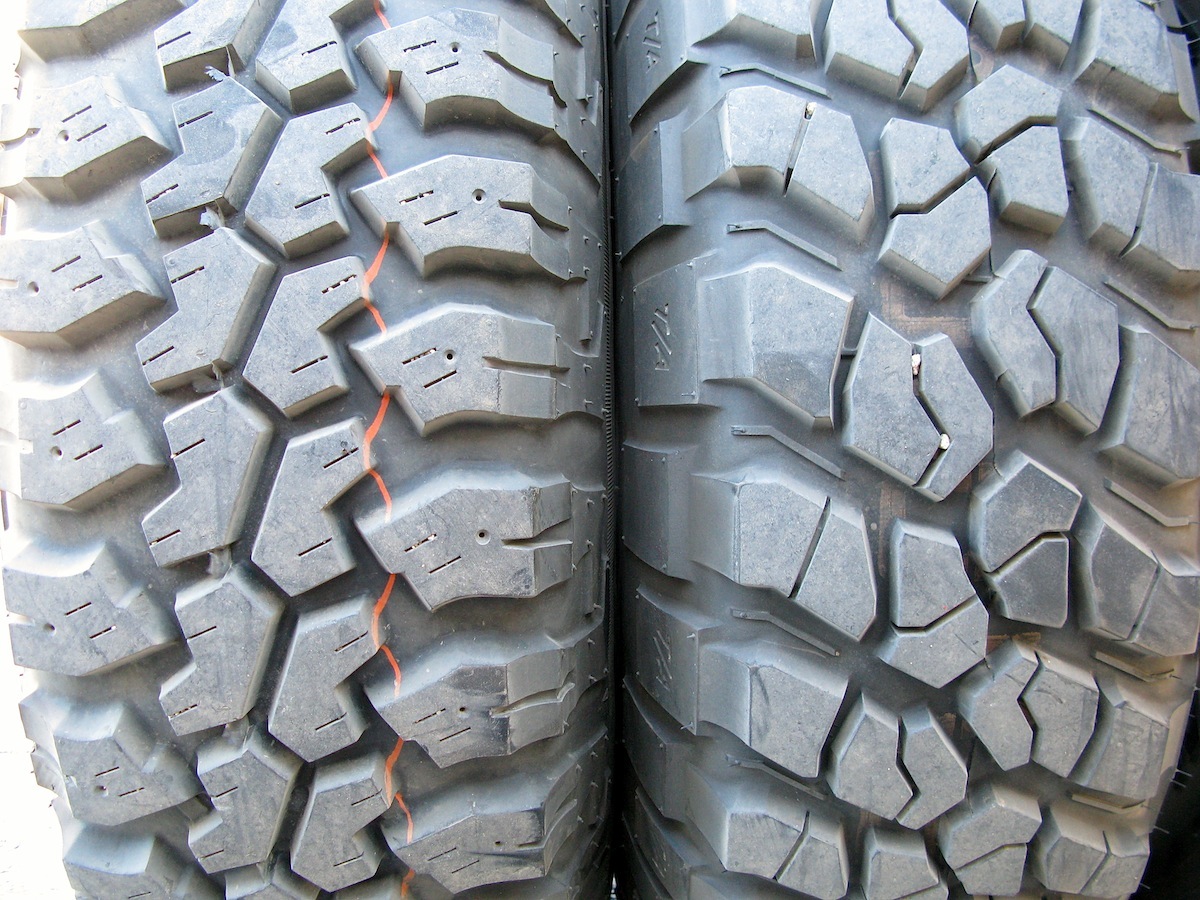
Maxxis Bighorn MT-762
When Les Schwab Tires started selling the Bighorn a few years ago, including the 255/85R16 size (blackwalls too!), I was quick to buy a set. At the time they did full-time duty on my built 4Runner and were an exceptional value, about $150 per tire. On many occasions I was thoroughly impressed by the grip the Bighorns delivered. Part of their traction advantage comes from the relatively soft, flexible tread compound, which also results in pretty fast wear. Bighorns are also a little loud, not howling ‘swamper’ loud, but a typical mud tire hum, a bit more to listen to than either the Toyo M/T and KM2, particularly as they wear. As I mature, I’m less tolerant of everyday tire noise, and actually prefer something quieter than all three of my examples here. If you’re not averse to a little mud tire noise, the Bighorns are a great tire. They are still a load-range D 255/85, only a 2-ply sidewall design, though I’ve yet to rip one open. I’d like to see Maxxis update their design and add thicker tread material on the upper sidewalls.
My first set of Bighorns made me a fan of Maxxis light-truck tires, when they balanced with very little weight. This spurred me to purchased a set of Bravo all-terrains, which also required little weight to balance and were great on the road. My second set of 255/85 Bighorns also balanced well, but never saw much use before being traded. A third set of Bighorns, used 285/75R17s, that I acquired for testing a few months ago also balanced very well even though they had some uneven wear. A little noisy and fast wearing they may be, but they are still a decent value if you don’t have to pay full retail, and even better if you’re able to use them mostly off-highway.
Copyright © 2012 James Langan

